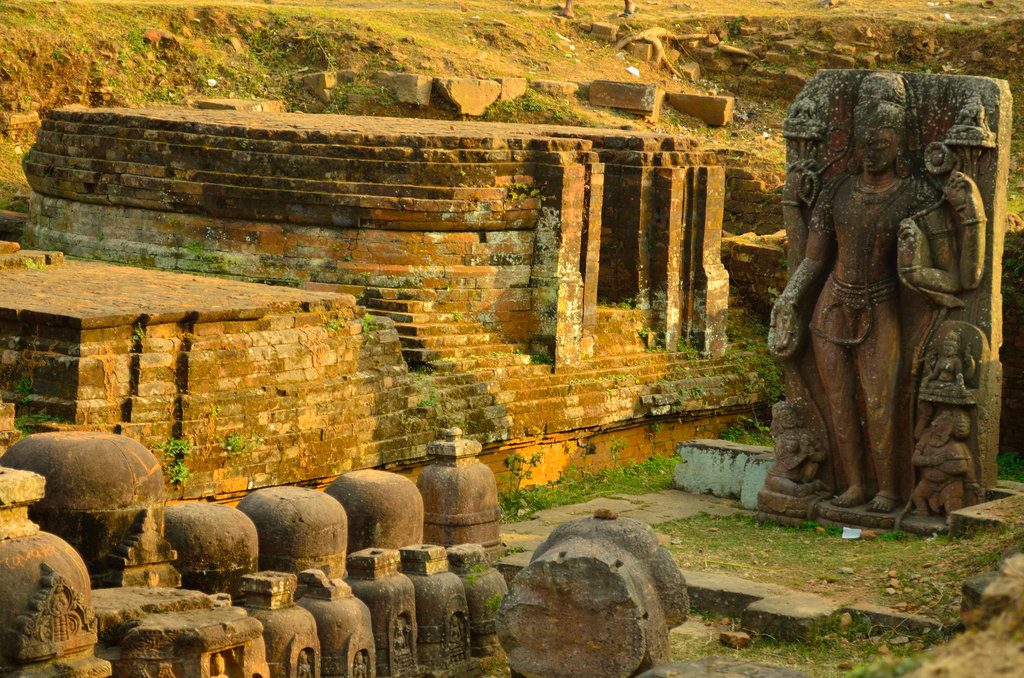Ratnagiri and Udayagiri, located in the Jajpur district of the Indian state of Odisha, are two historically significant sites that offer a fascinating journey into the past. These ancient sites are known for their monumental Buddhist remains and architectural marvels. Let’s explore what makes Ratnagiri and Udayagiri must-visit destinations for history enthusiasts and travelers:
Ratnagiri:
Monastery Complex: Ratnagiri is home to a large and well-preserved Buddhist monastery complex. The main monastery structure is adorned with intricate carvings and sculptures that depict Buddhist deities and narratives.
Mahavihara: The Mahavihara, a central structure of the monastery, showcases ornate doorways, stupas, and votive stupas, reflecting the religious significance of the site.
Statues and Sculptures: The site is dotted with numerous statues of Buddha, Bodhisattvas, and other deities. The sculptures are exquisite examples of Buddhist artistry.
Stupa: A large stupa stands as a symbol of reverence, and its intricate decorations offer insight into the craftsmanship of the time.
Museum: The Ratnagiri Museum houses a collection of artifacts discovered from the excavation, including sculptures, inscriptions, and other archaeological finds.
Monastic Cells: The monastery complex contains several monastic cells where monks resided and meditated. These cells provide a glimpse into the daily lives of the monks.
Kurma Avatar: The site is also home to a sculpture depicting the Kurma Avatar (tortoise incarnation) of Lord Vishnu, showcasing the convergence of Buddhist and Hindu influences.
Udayagiri:
Caves and Inscriptions: Udayagiri features a series of rock-cut caves that served as residential complexes for monks. Inscriptions on the walls provide historical context and insights into the life of the monks.
Beautiful Carvings: The caves are adorned with intricate carvings depicting various scenes from Buddhist mythology and teachings.
Buddhist Relics: Udayagiri is believed to have been a major Buddhist site with stupas, viharas (monasteries), and chaityas (prayer halls). The site holds archaeological significance.
Monastic Complexes: The site showcases the evolution of Buddhist architecture through different periods, making it an interesting study for architecture enthusiasts.
Mahastupa: The Mahastupa at Udayagiri is one of the prominent features of the site. It reflects the spiritual and artistic grandeur of ancient Buddhist architecture.
Panoramic Views: As you explore the caves and structures, you’ll be treated to panoramic views of the surrounding landscape, adding to the serenity of the site.
Historical Significance: Udayagiri was an important center for Buddhist learning and practice during ancient times, and it played a crucial role in the spread of Buddhism in the region.
Visiting Ratnagiri and Udayagiri is a journey back in time to the era of Buddhism’s prominence in the region. These sites not only offer a glimpse into the spiritual and architectural achievements of the past but also provide a peaceful and reflective atmosphere for visitors to connect with history and nature.

